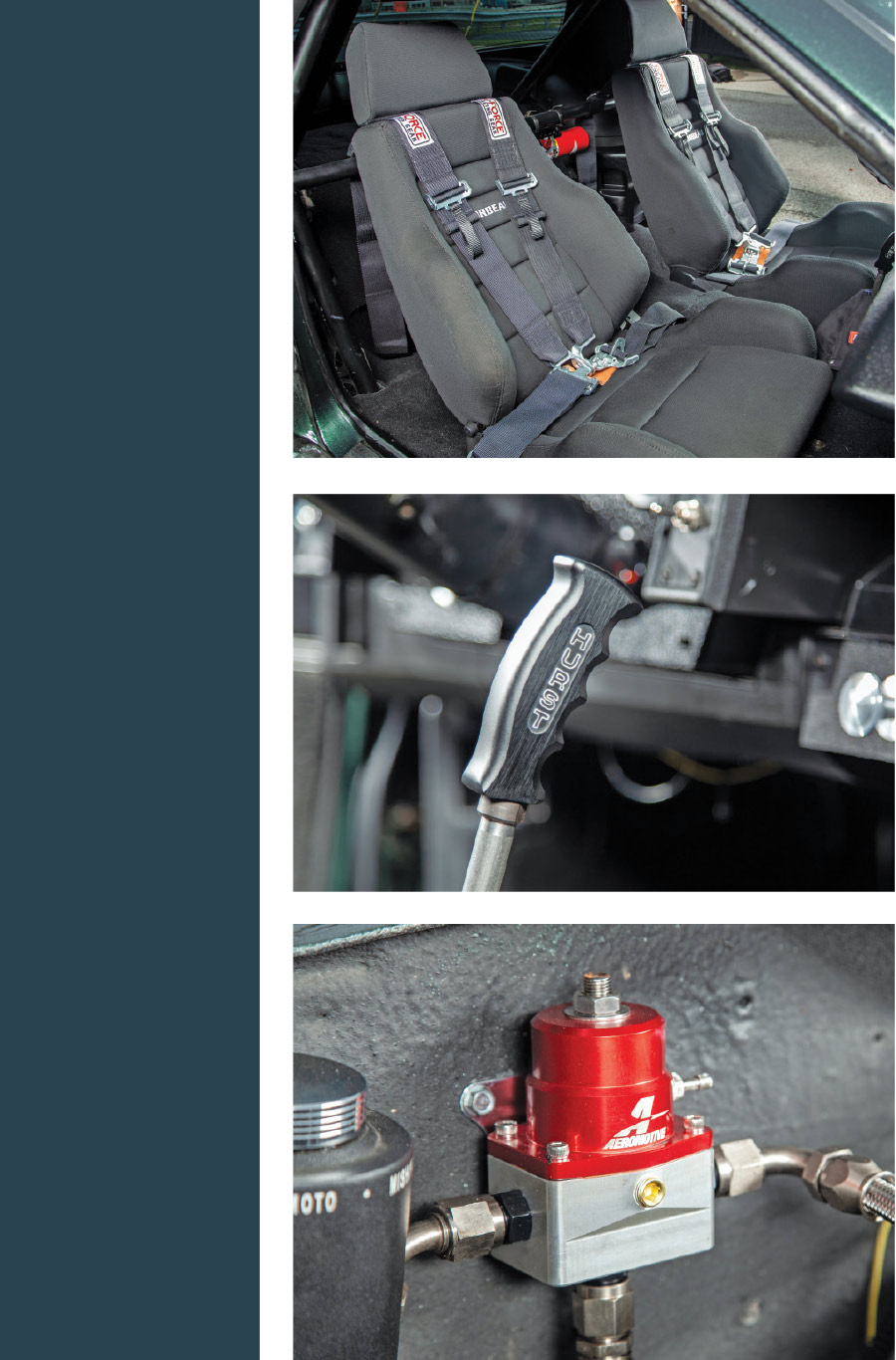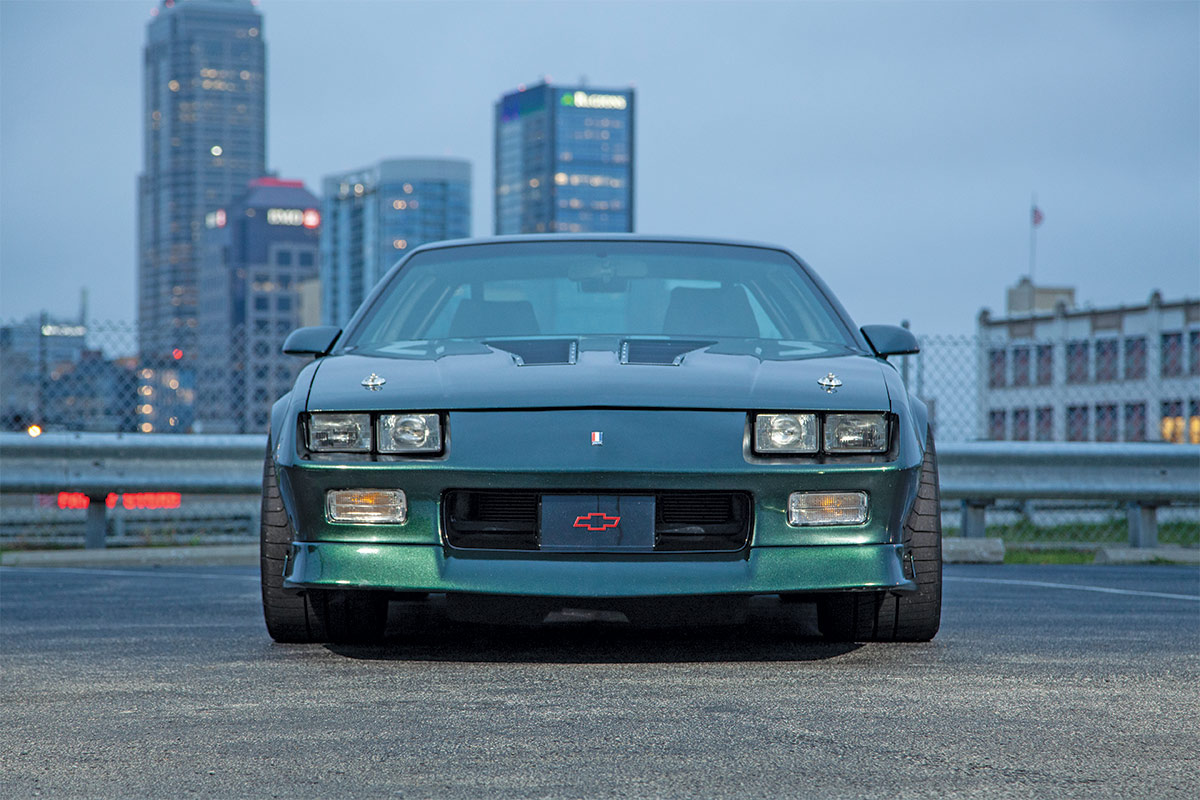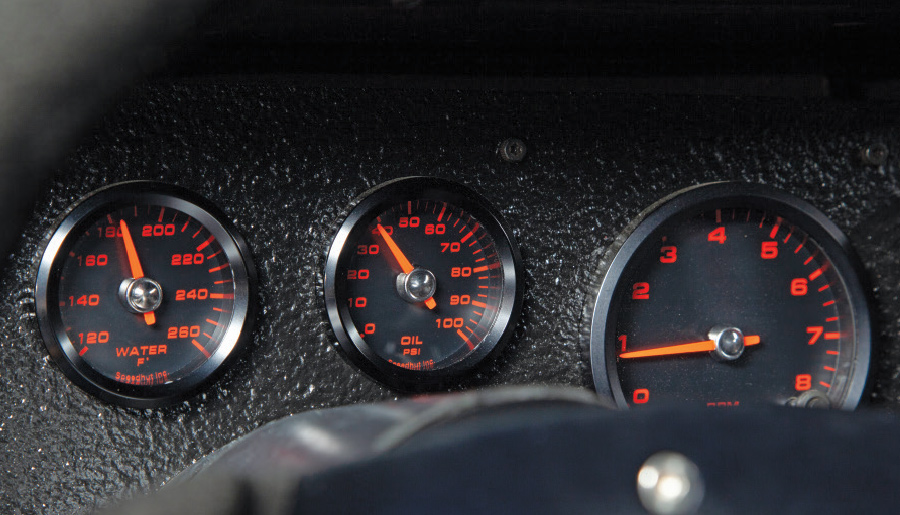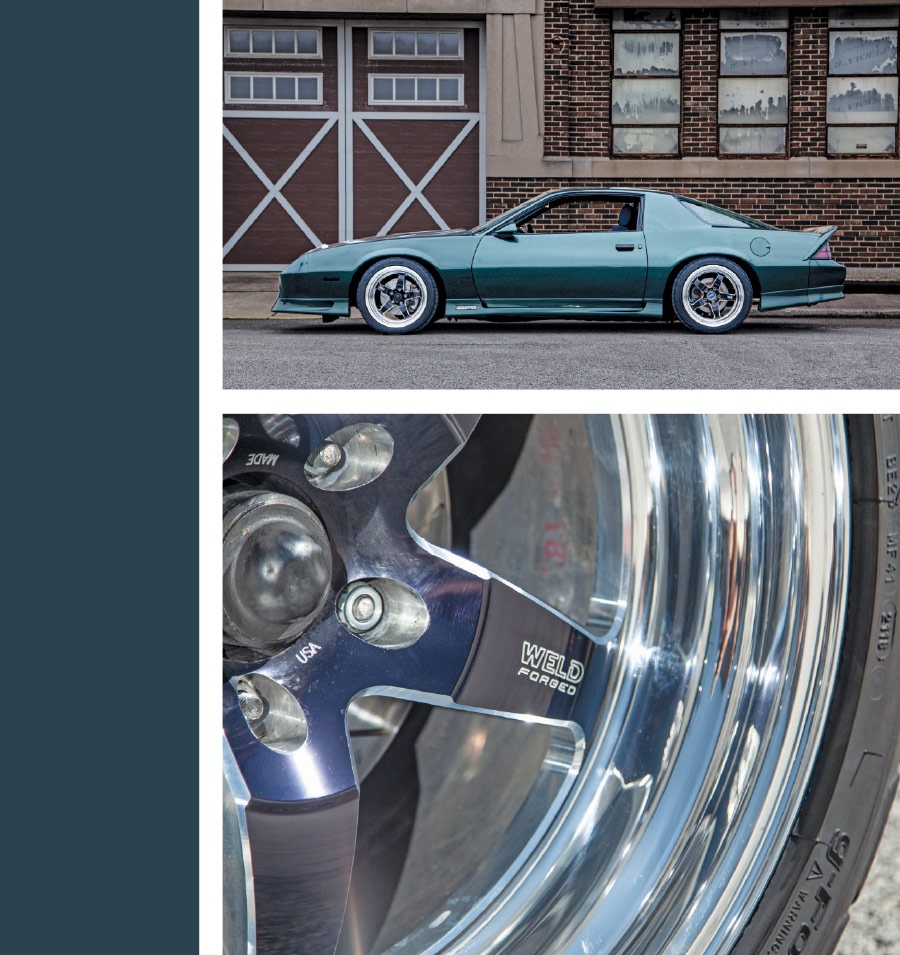 Feature
Feature TEXT AND PHOTOS BY Jason Lubken
TEXT AND PHOTOS BY Jason Lubken
et’s jump back to the ’80s for a second. Some might remember the hairspray crisis, or TV shows like Knight Rider, but everyone should remember their first third-gen Camaro experience. For a while, third-gens seemed to be synonymous with throwback Halloween costumes (think Joe Dirt), but times are changing; F-bodies have solid bones. They are quick, fun to drive, and with the right upgrades, they can cut cones like a Corvette.
 TEXT AND PHOTOS BY Jason Lubken
TEXT AND PHOTOS BY Jason Lubken
et’s jump back to the ’80s for a second. Some might remember the hairspray crisis, or TV shows like Knight Rider, but everyone should remember their first third-gen Camaro experience. For a while, third-gens seemed to be synonymous with throwback Halloween costumes (think Joe Dirt), but times are changing; F-bodies have solid bones. They are quick, fun to drive, and with the right upgrades, they can cut cones like a Corvette.
F-bodies are attractive. Between the additional horsepower of the Z28s and later styling cues of the IROC-Zs, from 1982 to 1992, Camaros out-looked and out-performed everything in their class. With a wider track, MacPherson strut suspension, three-link rear suspension, high-performance V-8s, and a choice of manual or overdrive automatic, it truly was the better muscle car of its time. Even better, they’re now vintage and still affordable.
F-bodies are attractive. Between the additional horsepower of the Z28s and later styling cues of the IROC-Zs, from 1982 to 1992, Camaros out-looked and out-performed everything in their class. With a wider track, MacPherson strut suspension, three-link rear suspension, high-performance V-8s, and a choice of manual or overdrive automatic, it truly was the better muscle car of its time. Even better, they’re now vintage and still affordable.
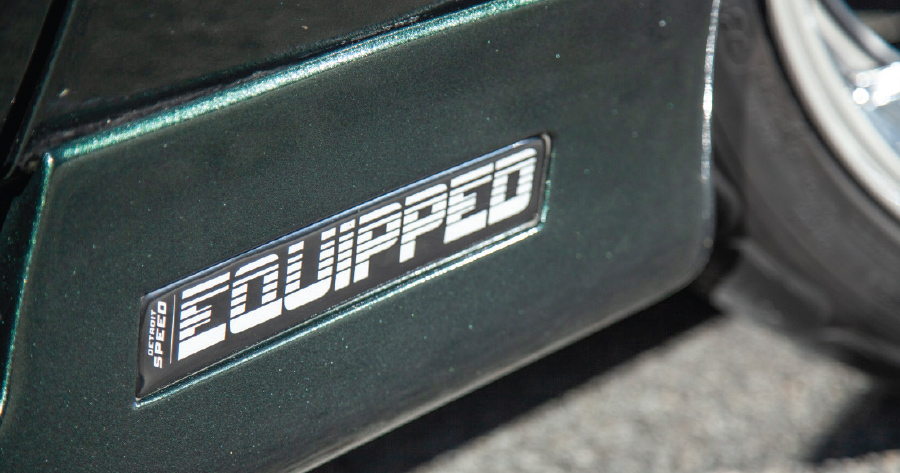


 TECHCHECK
TECHCHECKVehicle: 1992 Camaro
Type: GM LS3
Displacement: 367 ci
Compression Ratio: 10.9:1
Bore: 4.65 inches
Stroke: 3.62 inches
Cylinder Heads: Lingenfelter LS3 aluminum heads
Valvetrain: Factory steel stud mount 1.7:1 rocker arms with trunion upgrade kit, 5/16 moly pushrods, LS7 roller lifters
Rotating Assembly: Stock
Camshaft: Texas Speed stage 2 LS3 (0.629/0.615-inch lift; 229/244 deg duration, 112 LSA at 0.050)
Induction: N/A
Ignition: Factory GM coil-near-plug design with Scott Performance wires
Exhaust: 1¾ Hooker Blakheart swap headers, custom 3-inch stainless true dual exhaust with X-pipe, Stainless Works 3-inch chambered mufflers
Ancillaries: Full wire tuck on the engine harness
Output: 493 hp
Transmission: GM factory T56 with Monster stage 3 clutch
Rear Axle: Currie 9-inch with 31-spline axles and TrueTrac 4.11 gears
Front Suspension: Detroit Speed kit 2
Rear Suspension: Detroit Speed QUADRALink
Brakes: Front and rear 12-inch GM brakes with drilled-and-slotted rotors, Strange manual master cylinder with Wilwood adjustable proportioning valve
Wheels: Weld S71s 18×11 front and rear
Tires: BFGoodrich Rival S 315/30R18
Upholstery: Stock third-gen Camaro interior with center console delete
Material: Cloth and vinyl
Seats: Corbeau GTS II
Steering: Chevrolet Performance steering box, MPI DSE-edition
steering wheel
Shifter: MGW shifter with Hurst pistol grip handle
Dash: Stock OER replacement
Instrumentation: Speedhut gauges
Audio: N/A
HVAC: Vintage Air II heater
Bodywork: Completed by John Lamper and Jay Hahn
Paint By: John Lamper, Lamper Customs
Paint: Fathom Green Firemist
Hood: Factory Z28 hood with Tracspec hood louvers
Grille: Stock
Bumpers: Factory, smoothed rear


Jay can attest to the adversity that shadows “homebuilt.” With next to zero experience in the body and fab departments, after a little assurance from friends and family, it took him roughly two years to finish. Jay’s quick to credit his buddy John Lamper on the body, paint, and fab work, along with his wife, Caitlin, and Shawn Nelson. Some subtle changes were made to the body and interior. Jay smoothed out the rear bumper, added Scott Drake hood pins with Trackspec louvers and grille insert. The major changes inside came by a Detroit Speed four-point rollbar, Corbeau racing seats, and a center console delete.
Underhood, Jay dropped in an aluminum L92 6.2L engine with a Texas Speed stage 2 camshaft ordering Lingenfelter LS3 aluminum heads. The block bolts to a T56 transmission with a Monster stage 3 clutch. Add to that the extra tire and braking performance, Jay should have zero issues carving up the autocross course.
